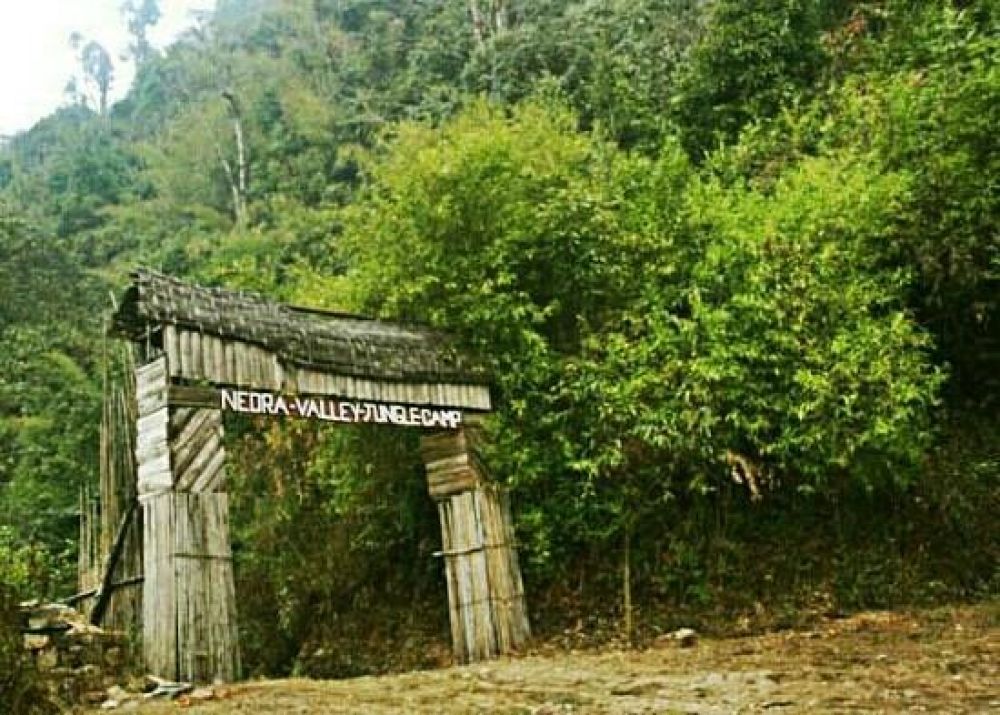

The enchanting Neora Valley National Park, located in the Kalimpong district of West Bengal, India, has been a revered natural sanctuary since its establishment in 1986. This park is one of the richest biological zones in the entire Northeast, hidden away in the pristine eastern Himalayas. Its undisturbed forests and diverse range of flora and fauna make it a hotspot for nature enthusiasts and trekkers alike.
The journey of tourism at Neora Valley National Park began as a result of its rich biodiversity and the cultural heritage of the region. The park covers an area of about 88 square kilometers and is one of the few remaining pristine ecosystems of the country. Its history of tourism can be traced back to the recognition it received due to its untouched natural beauty and the growing popularity of eco-tourism.
As ecotourism started gaining momentum in the 1990s, Neora Valley National Park became increasingly popular among tourists looking for destinations that offered natural tranquility and adventure without the crowd. In the following years, various nature trails and eco-friendly accommodations were developed to cater to the needs of tourists while preserving the integrity of the park’s ecosystem.
The park's remote location and challenging terrain limited visitor numbers initially; only the most adventurous trekkers would explore its dense forests and high peaks. However, over time, the local government and tourism promoters have worked on making it more accessible and informative for visitors which has slowly increased footfall.
In recent years, Neora Valley National Park has become an eminent node for birdwatchers due to its vast array of avian species. Birding tours are now a popular activity, attracting enthusiasts from across the globe. The park, being a part of the Eastern Himalayan Bio Hotspot, is also pivotal for conservation education and biodiversity research which additionally draws academic tourists.
Homestay tourism has seen an uptick around the park, which allows visitors to enjoy an authentic local experience as well as promotes sustainable tourism. The emphasis is on creating minimal environmental impact and empowering local communities by involving them directly in the tourism sector. Additionally, the facilities have been upgraded to provide better amenities to tourists, making it a more comfortable experience.
Adventure tourism, which includes trekking and camping within the national park's precincts, is also growing. There are designated camping areas that allow visitors to immerse themselves in the natural surroundings. At the same time, they have been strategically placed and managed to ensure that the ecological balance is maintained.
Neora Valley National Park remains a gem in the crown of Darjeeling's tourism. It continues to charm visitors with its lush green forests, vivid orchids, picturesque views, and the chance to spot rare wildlife such as the Red Panda and the Clouded Leopard. It is a haven for those seeking solitude, adventure, and an encounter with the wild in the lap of the Himalayas.